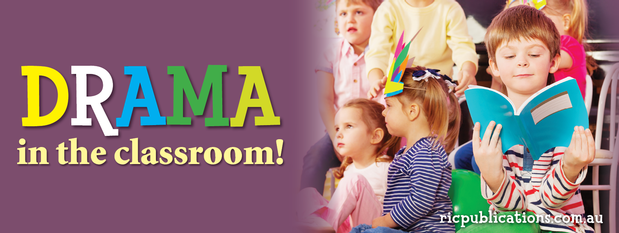- Tuesday 22 November 2016
- 0 Comments
Trawl through the Drama strand of The Arts curriculum and you will find all the elements required for providing the young thespians in your care with the perfect springboard for diving on to the world stage. For many teachers, this is a daunting prospect and one that may be consigned to the ‘not enough time’ basket. But look closely and you will discover ways to integrate drama into the everyday life of your classroom.
- Practise dramatic skills including clarity and tone of voice, facial expression and body language through ‘incidental’ drama.
- Encourage students to speak as if in the spotlight, with all the affectations necessary to capture and maintain the interest of the audience.
- Demonstrate the techniques of dramatic action and timing, creating mood and atmosphere.
- Thrill your captive audience with tingling excitement as you deliver a mundane message.
- Create tension and suspense as you present the day’s activities.
- Use your inner actor to inject some fun into each day while gradually chipping away at each student’s self-consciousness.

With you and the students enjoying this more flamboyant method of communication, try taking classroom drama to another level. Consider those concepts in other learning areas that are a little tricky to understand. What better way to present them than as a short play, a monologue, a tableau ... any way that involves using drama to communicate and share information.
Jerome Bruner’s Spiral Curriculum Theory suggests that anything can be taught to a student at any age or stage of development provided the process is appropriate. Bruner must have been a great fan of drama!
- In the Earth and space sciences sub-strand of the Science curriculum, students are required to learn about the movements of celestial bodies. Give such abstract concepts concrete form in a simple production where each child has a role to play, as an explanation of the phenomenon is delivered in confident, expressive tones.
- Food webs, habitats and ecosystems feature largely in the Biological sciences sub-strand. What a wonderful subject for a dramatic script with a myriad of players and storylines!
You may not warm to this fanciful notion of drama in the classroom, but maybe a word from the medieval bard himself will convince you ...
All the world’s a stage, and all the men and women merely players:
they have their exits and their entrances;
and one man in his time plays many parts,
his acts being seven ages.
View our full range of drama resources here.
